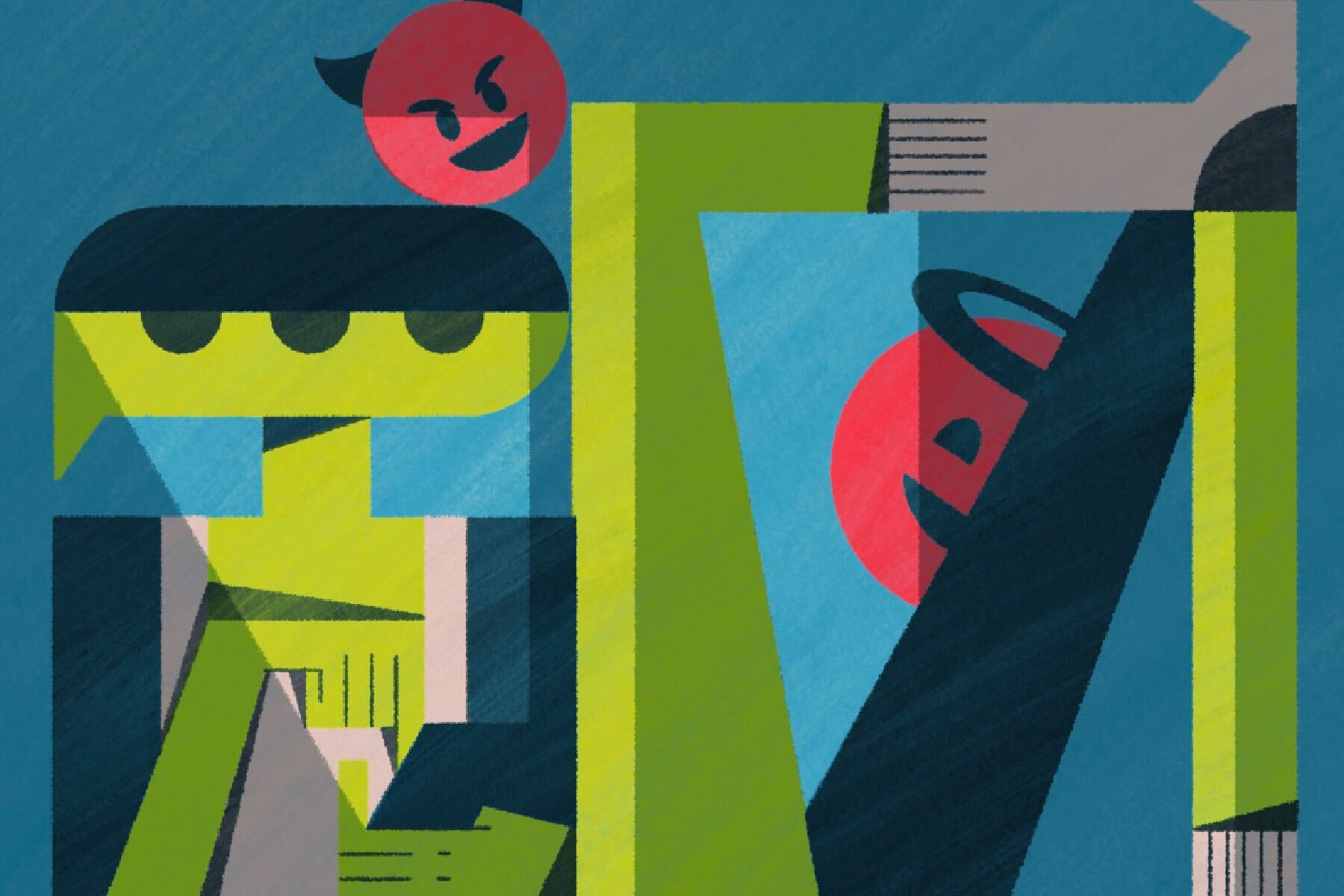First created in 1999 by Japanese artist Shigetaka Kurita with the intention of conveying information in a quick and easy way, emojis have become a staple in digital communication.
They’re something of digital lifesavers; a kissy face, blushing or an angry emoji could quite literally be the thing that determines whether your text, email or Instagram comment ruins your relationship with the receiver (there’s a big difference between “Oh my god, shut up” and “Oh my god, shut up” with a crying laughing emoji plopped at the end). They can convey emotion in conversations when text just simply doesn’t do it.
Emojis have experienced their fair share of controversy. Some view them as one of the worst things to happen to communication. Others are convinced that it really isn’t that deep, and that we should be able to simply bask in the joy of cute little digital icons without becoming Socrates levels of philosophical.
One thing that’s for sure though, is that the popularity of emojis doesn’t seem like it’s going to die down any time soon. More than 90% of social media users use them to communicate, with over 6 billion emojis being exchanged daily. For the most part, they’re a modern day universal language. No matter your background, culture, religion or language, everyone understands the meaning of a smiley face.
One of the biggest concerns with emojis is that they’re diluting the English language, or that they’re taking away from “normal” communication. This is somewhat of a valid concern. It’s true that these symbols are replacing a lot of our words.
With the breadth of emojis out there today, you could basically have a whole text conversation using pictures. It’s not weird that some people may miss using actual words to convey how they feel, but something that most people with this concern fail to realize is that language — especially the English language — is always evolving.
Think back a few hundred years ago to Early Modern English (aka the language used by Shakespeare). Words like “thou” or “ye” aren’t commonplace anymore, but during the time period this language was used, that was the proper way to speak; it probably wouldn’t be too far-fetched to conclude that some people from that time would probably look down on the way we speak today if they were still alive — but, isn’t that kind of ridiculous?
Although modern day English may not be as “refined” or “fancy” as English was back then, it’s the language we know and love, the language we use to make connections and express ourselves. It’s the language that’s a huge part of our identity.
You can apply the same thought process to emojis. Although they’re internet slang, and can be kind of silly, they’re an addition to the English language, something that makes communicating all the more easier. The notion that emojis are a step back for literacy is just a teensy bit elitist.
To believe that the way you communicate — or the way you prefer to communicate — is the best way to get your point across is a pretentious way of thinking. “This view is nothing more than ill-informed … cultural elitism,” wrote Vyvyan Evans, a cognitive linguist and author of “The Emoji Code.” “To assert that Emoji will make us poorer communicators is like saying that using facial expressions in conversation makes your ideas more difficult to understand. The idea is nonsensical.”
Another common concern is that sometimes, emojis are hard to judge. What one emoji means to you might not mean the same to another person, and that can create a misunderstanding. This is especially evident between generations. A recent trend among Gen Z TikTok users is to put the fairy, sparkle and other emojis that one would typically consider to be “cute” alongside a passive aggressive comment.
These comments are never posted with the actual intention of being mean, they’re just used for humorous effect — kind of like when you jokingly insult a friend, but at the end of the day, you still love each other. Try explaining this to someone in their 40s, and watch chaos ensue.
On the flip side, while emojis can create conflict, they can also clear things up. “These symbols are not purely emotional, but they add layers of complexity and clarity to communication,” said psychologist Linda Kaye, the author of a study on the role of emojis in human behavior.
They give a precise tone to your conversation, getting rid of any ambiguity that might be present, and can even take the edge off of a tense moment. The beauty in this is that there’s no single set of emojis that’ll do the job — they all can. Every single emoji carries meaning, not just in the literal sense of what real world object or facial expression it represents, but in the sense of what it means to the sender and receiver. Any of them can be used however you please.
Emojis aren’t going anywhere, and whether you view that as a good thing or a bad thing, they will continue to evolve language as we know it. They’re special in the sense that they’ve give the world nonverbal signals to interpret a conversation’s meaning, and in that way, they transcend language. After all, a picture is worth a thousand words.

















